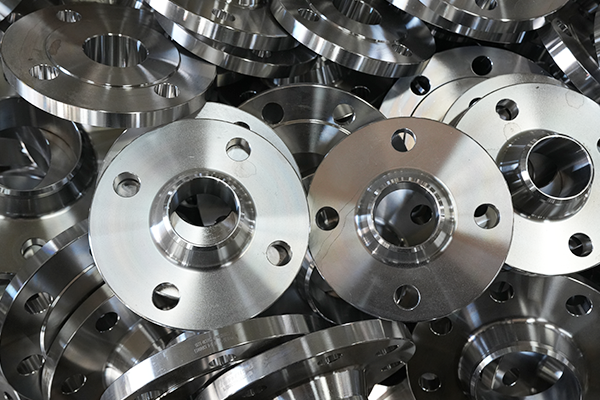NewsDetails
Technical Specifications for Installation of TPEP Anti-Corrosion Steel Pipes
author:Zhantong time:2025-05-23 01:12:54 Click:147
Technical Specifications for Installation of TPEP Anti-Corrosion Steel Pipes
TPEP (Two-layer Polyethylene and Epoxy) anti-corrosion steel pipes require careful handling and installation to preserve their coating integrity and ensure long-term performance. The following technical guidelines outline best practices for storage, handling, welding, joint treatment, and pipeline laying in accordance with international and industry standards.
1. Handling and Storage
Avoid coating damage: Use padded slings or rubber-lined hooks for lifting. Do not drag pipes on the ground.
Stacking: Store pipes on level ground with soft padding; avoid direct contact with sharp or hard objects.
Weather protection: Cover stored pipes with tarpaulins in open areas to prevent prolonged UV exposure.
2. Trench Preparation
Bottom bedding: Use soft sand or fine soil (≥100 mm thick) free of debris or stones.
Width and depth: Trench dimensions must allow space for jointing and safe handling without forcing the pipe.
Dewatering: Keep trenches dry before and during pipe installation.
3. Welding and Jointing
Welding method: Use arc welding (e.g., SMAW or GTAW) with qualified personnel and materials.
Beveling: Pipe ends should be beveled uniformly; remove any coating 100–150 mm from the weld area before welding.
Post-weld treatment: After welding, the bare steel area must be cleaned and coated using field joint coating systems, typically heat-shrink sleeves or liquid epoxy compatible with TPEP.
4. Field Joint Anti-Corrosion Coating
Surface preparation: Clean weld area to SA 2.5 standard (near-white metal blast cleaning).
Coating materials: Use compatible materials with TPEP (e.g., 3-layer heat shrink sleeves or liquid epoxy + PE tape systems).
Inspection: Ensure overlap and adhesion meet manufacturer specifications. Perform peel and continuity tests.
5. Pipeline Lowering and Backfilling
Lowering method: Use wide, non-abrasive belts or cradles to gently place the pipe into the trench.
Backfill material: Use selected fine soil or sand free of sharp objects. Avoid large rocks or frozen chunks.
Backfill process: Compact in layers (especially around the sides of the pipe) to provide uniform support.
Warning tape: Place detectable warning tape 300–500 mm above the pipe.
6. Pressure Testing
Hydrostatic test: After backfilling and curing of joint coatings, perform pressure test per design requirement.
Leak detection: Monitor joints and connections for leaks; repair and retest as needed.
7. Quality Control and Inspection
Coating inspection: Perform visual checks for cracks, blisters, or disbondment.
Holiday detection: Use high-voltage holiday detector to find pinholes in the coating.
Thickness testing: Check coating thickness at factory and joints using magnetic gauges.
Documentation: Record all inspection and repair logs as part of final acceptance.
8. Environmental and Safety Considerations
Weather limits: Avoid applying joint coatings in rain, snow, or high humidity.
Safety gear: Workers must wear gloves, masks, and protective clothing when handling epoxy or heat-shrink sleeves.
Environmental protection: Prevent coating debris, solvents, and epoxy from contaminating soil or water sources.
Conclusion
Proper execution of TPEP-coated steel pipe installation ensures the long-term integrity and corrosion resistance of buried pipelines. Adherence to standardized handling, jointing, coating repair, and inspection procedures is essential for successful project delivery and pipeline service life.
 Recommended Products
Recommended Products
 Contact us
Contact us
—— Contact:Manager
—— Tel:+86 15231788966
—— Email:info@zhantongpipe.com
—— Url:https://www.zhantongpipe.com
—— Address:Mengcun Hui Autonomous County, Cangzhou City, Hebei Province









